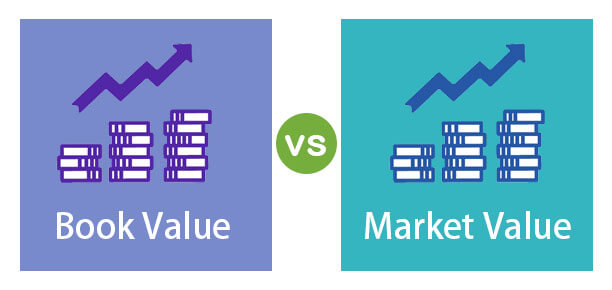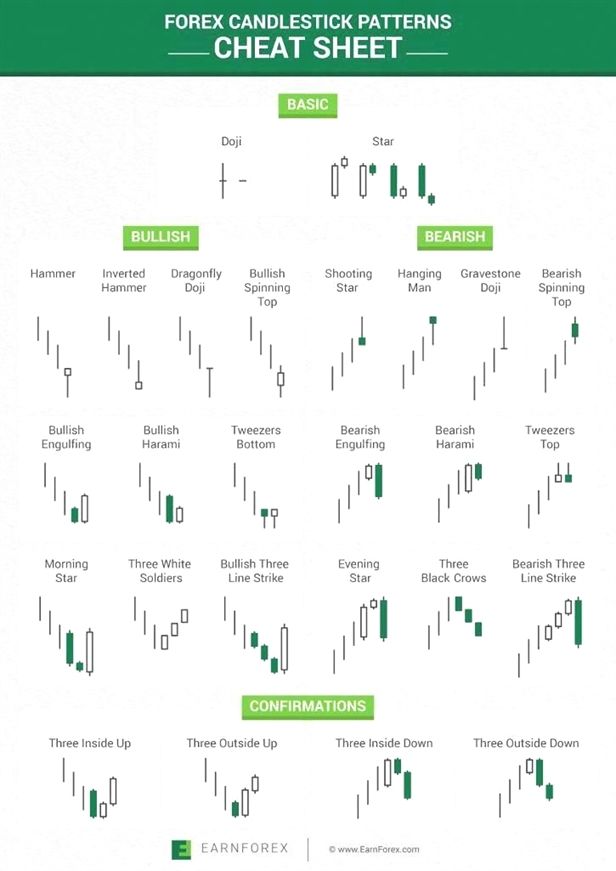Contents:
To continue with the above example, imagine the company has issued $100,000 in bonds at a 5% rate. It claims this amount as an expense, and this lowers the company’s income by $5,000. As the company pays a 30% tax rate, it saves $1,500 in taxes by writing off its interest. As a result, the company effectively only pays $3,500 on its debt.
Get better prepared to monitor your credit and help better protect your identity with Equifax Complete™. Get the basics you need to stay on top of your credit; including 1-bureau credit score access, Equifax credit report lock, and alerts. Get peace of mind when you choose from our comprehensive 3-bureau credit monitoring and identity theft protection plans. Explore rates for different interest rate typesand see for yourself how the initial interest rate on an ARM compares to the rate on a fixed-rate mortgage.
- As a result of the waiver, the debt is classified as noncurrent in its period end financial statements.
- Investopedia requires writers to use primary sources to support their work.
- For an excellent discussion of the need to develop a comprehensive financial and operating plan to meet sudden adversity, see Gordon Donaldson, “Strategy for Financial Emergencies,” HBR November–December 1969, p. 67.
- Note that the capital structure also includes preferred stock, common stock, and “cost of debt.”
- Below is an example scenario where we need to calculate the effective interest rate and apply the tax impact to calculate the cost of debt on the loan.
The difference between the expected rate of return and the promised rate can be substantial. Ideally, the expected yield to maturity would be calculated based on the current market price of the noninvestment grade bond, the probability of default, and the potential recovery rate following default. It reflects the current level of interest rates and the level of default risk as perceived by investors. Interest paid on debt is tax deductible by the firm; in bankruptcy, bondholders are paid before shareholders as the firm’s assets are liquidated.
He is a CFA charterholder as well as holding FINRA Series 7, 55 & 63 licenses. He currently researches and teaches economic sociology and the social studies of finance at the Hebrew University in Jerusalem. Place an alert on your credit reports to warn lenders that you may be a victim of fraud or on active military duty. Place or manage a freeze to restrict access to your Equifax credit report, with certain exceptions. COVID + Credit Explore resources to help you navigate the financial aftermath of a global pandemic. Loans Explore the nuances of the different types of loans, including personal and student loans, and the potential pros and cons of co-signing a loan.
The interest rates are directly proportional to the inflation rates. The interest rate of Short-term loans is less than long-term loans. The financial manager has to keep an eye on the interest rates, inflations, and exchange rates to provide helpful information about the financial market to the board members to make competent decisions. •Kd⁎ is the cost of debt capital netted by the benefit of debt leverage. •id⁎ is the cost of debt capital netted by the benefit of debt leverage.
Debt Financing
Now let’s take one more to understand the formula of interest expense and cost of debt. Let’s see an example to understand the cost of debt formula in a better manner. Get instant access to video lessons taught by experienced investment bankers. Learn financial statement modeling, DCF, M&A, LBO, Comps and Excel shortcuts. Therefore, the final step is to tax-affect the YTM, which comes out to an estimated 4.2% cost of debt once again, as shown by our completed model output.

Alternatively, the analyst may use the firm’s actual interest expense as a percent of total debt outstanding. Some analysts prefer to use the average yield to maturity of the firm’s outstanding bonds. Much of this information can be found in local libraries in such publications as Moody’s Company Data; Standard & Poor’s Descriptions, The Outlook, and Bond Guide; and Value Line’s Investment Survey. The cost of debt refers to the effective interest rate paid on the company’s total debt. This value is usually an estimate, particularly if calculated using averages. The amount paid in interest expenses varies from item to item and is subject to fluctuations over time.
Contains information on intragovernmental holdings and debt held by the public. Debts incurred during the American Revolutionary War amounted to $75 million, primarily borrowed from domestic investors and the French Government for war materials. When the competition gets serious, the edge goes to those who know how and why real business strategy works. Metrics are crucial for business planning, making informed decisions, defining strategic targets, and measuring performance.
Hence, the cost of debt is NOT the nominal interest rate, but rather the yield on the company’s long-term debt instruments. The nominal interest rate on debt is a historical figure, whereas the yield can be calculated on a current basis. As a business owner, you can look into your weighted average cost of capital using your financial statements to make sure it’s spread out across different sources of capital. But often, you can realize tax savings if you have deductible interest expenses on your loans.
How to Calculate Cost of Debt (With Examples)
This requires identifying the β of a comparable, then unlever the β with comparable data, and at the end re-lever the β with the company’s debt and equity structure. YTM represents the most reliable estimate of a firm’s cost of debt as long as the firm’s debt is investment https://1investing.in/ grade. Investment grade bonds are those whose credit quality is considered to be among the most secure by independent bond rating agencies. A rating of BBB or higher by Standard & Poor’s and Baa or higher by Moody’s Investors Service is considered to be investment grade.

Constitution, money is spent on programs and services to ensure the well-being of U.S. residents. The article Liability explains accounting for borrowing and other debt liabilities. Volatility profiles based on trailing-three-year calculations of the standard deviation of service investment returns. Envelope Light The Daily Upside Newsletter Investment news and high-quality insights delivered straight to your inboxIcon-Investing Get Started Investing You can do it. The financial manager has to be updated with the changes in external factors and maintain good relationships with banking institutes and investors to provide effective information to the board members to rain the capital. The interest rate gets influenced by government policies, market conditions, and inflation rates.
It also helps investors gauge the risk of cash flows and desirability for company shares, projects, and potential acquisitions. In addition, it establishes the discount rate for future cash flows to obtain value for a business. A high cost of equity indicates that the market views the company’s future as risky.
Maintaining the National Debt
The U.S. Treasury uses the terms “national debt,” “federal debt,” and “public debt” interchangeably. The national debt is the total amount of outstanding borrowing by the U.S. Business professionals who understand core business concepts and principles fully and precisely always have the advantage, while many others are not so well-prepared. Rely on the premier business encyclopedia to sharpen your grasp of essential business concepts, terms, and skills.
If a debt instrument is accounted for at fair value under ASC 825, the issuance costs should be immediately expensed. To the extent the allocated proceeds received differ from the fair value of the debt instrument, the difference should be recorded in the income statement. Calculation of WACC is an iterative procedure which requires estimation of the fair market value of equity capital if the company is not listed. The Adjusted Present Value method is much easier to use in this case as it separates the value of the project from the value of its financing program. The weighted cost of capital is used in finance to measure a firm’s cost of capital. Rather, it represents the minimum return that a company must earn on an existing asset base to satisfy its creditors, owners, and other providers of capital, or they will invest elsewhere.
How to Calculate Cost of Debt (kd)
Provided with these figures, we can calculate the interest expense by dividing the annual coupon rate by two (to convert to a semi-annual rate) and then multiplying by the face value of the bond. Don’t waste hours of work finding and applying for loans you have no chance of getting — get matched based on your business & credit profile today. Instantly, compare your best financial options based on your unique business data. Know what business financing you can qualify for before you apply, with Nav. Return on equity is a measure of financial performance calculated by dividing net income by shareholders’ equity. And debt are the two most essential elements in the price of capital.
Debt and equity are two ways that businesses make money, but they are very different. While we now know that the cost of debt is how much a business pays to a lender to borrow money, the cost of equity works differently. The effective interest rate is your weighted average interest rate, as we calculated above. With debt equity, a company takes out financing, which could be small business loans, merchant cash advances, invoice financing, or any other type of financing. The loan is repaid, along with an interest expense, over months or years. The term debt equity could be confusing, but it’s basically referring to a loan.
Federal Reserve, 43% of small businesses will seek external funding for their business at some point—most often some kind of debt. Knowing the after-tax cost of the debt you’re taking on cost of debt is same as its rate of interest is crucial when trying to stay profitable. Transform the way your team collaborates withConfluence, a remote-friendly workspace designed to bring knowledge and collaboration together.
One of the main causes of the jump in public debt can be attributed to increased funding of programs and services during the COVID-19 pandemic. Intragovernmental debt has not increased by quite as much since it is primarily composed of debt owed on agencies’ excess revenue invested with the Treasury. The revenue of the largest investor in Treasury securities, the Social Security Administration, has not increased significantly in recent years, resulting in this slower intragovernmental holding increase. The U.S. debt to GDP ratio surpassed 100% in 2013 when both debt and GDP were approximately 16.7 trillion. Notable recent events triggering large spikes in the debt include the Afghanistan and Iraq Wars, the 2008 Great Recession, and the COVID-19 pandemic.
It is common practice, therefore, to work with the organization’s Weighted Average Cost of Capital , the average capital cost that weights the contribution of each capital source by the proportion of total funding it provides. Keep in mind that this isn’t a perfect calculation, as the amount of debt a company carries can vary throughout the year. If you’d like a more reliable result, then you can use the average of the company’s debt load from its four most recent quarterly balance sheets. Cost of debt can be useful when assessing a company’s credit situation, and when combined with the size of the debt, it can be a good indicator of overall financial health.
0 Comments